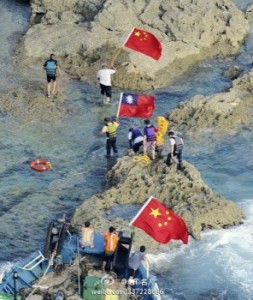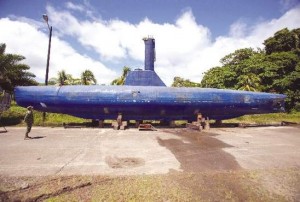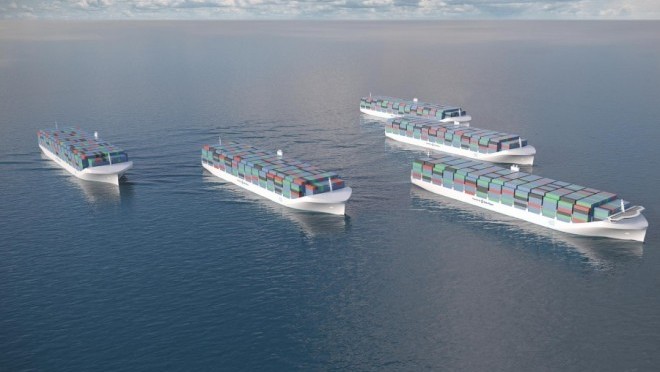CIMSEC is having a Non-Navies Week from 29 July to 2 August as a first step in a longer series on specific non-navies. Delve into this list of non-navy navies with us.
Mainstream policy discussions of navies and maritime law enforcement often consider the denizens of the high seas to be a pliant polity – passive actors being defended, disrupted, or directed by the might of global or local security networks. However, national fleets and their individual warships are not the only ones with the agency to effect global politics and security.
Some topics we have covered at length – pirates and the Private Military Contractors that have risen up in opposition – but we have only scratched the surface.
Commercial enterpirses pursue the possibility of massive drone-ships, bringing new possibilities and vulnerabilities as our virtual network and our trade network grow closer together. Remember those pirates?
Fishing fleets have their own interests and controls – their operations and movement impacting global politics from the Gibraltar to the South China Sea. Sometimes inadvertant, sometimes purposeful, their movements can motivate states or global institutions – from territorial disuptes, to security, to environmental concerns.

Ever-better organized and equipped activists are taking to the high-seas, battling whalers or even states. From the Sea Shepards to the “amphibious landings” of Japanese and Chinese activists in the Senkakus, civilians are taking the politics to sea. Somalian piracy actually started as activism, fisherman-come-vigilantes.
Terrorists are an unfortunate reality on the high seas, from the category of at-sea terrorist attacks to the use of amphibious operations as vectors for attack from Israel to Mumbai. Some groups, such as the Tamil Tiger’s “Sea Tigers”, even went so far as be considered a possible real-world naval force.

Around the raucus political conflicts flows the silent schemes of smugglers, black marketeers, and human traffickers. From drug runners to sanction busters, admirals are not the only ones trying to mask their position. Criminal enterprises conduct their own air-sea battle, even operating submarines to smuggle goods.

The almost clinicically precise maps of the sea lines of communication would lead one to think that the oceans are a tame and organized place. Hardly. The sea is as alive with merchants, combatants, and all number of active players creating their own order and chaos.
ARTICLES ARE DUE 24 JULY TO NEXTWAR@CIMSEC.ORG OR IN OUR WORDPRESS QUEUE. LATE ENTRIES WILL BE ACCEPTED, BUT DON’T PUSH YOUR LUCK. THIS IS FIRST-COME, FIRST/MOST AWESOME SERVED.

